
Audi Q7

Model Overview
The Audi Q7 was the brand's first SUV model when it launched in 2007, and it remains the sole mid-size Audi model with three-row seating. It's a handsome vehicle that appears more compact than it is. In 2020, Audi added a mild hybrid powertrain promising both strong performance and fuel efficiency. Other highlights are a modern, high-tech cabin and standard Quattro AWD.
Photos


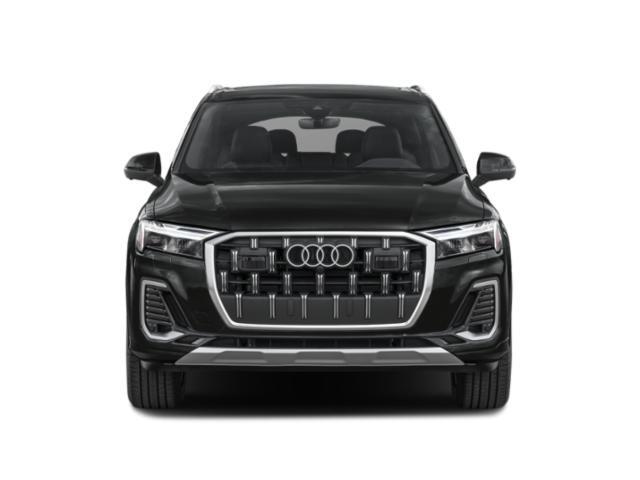
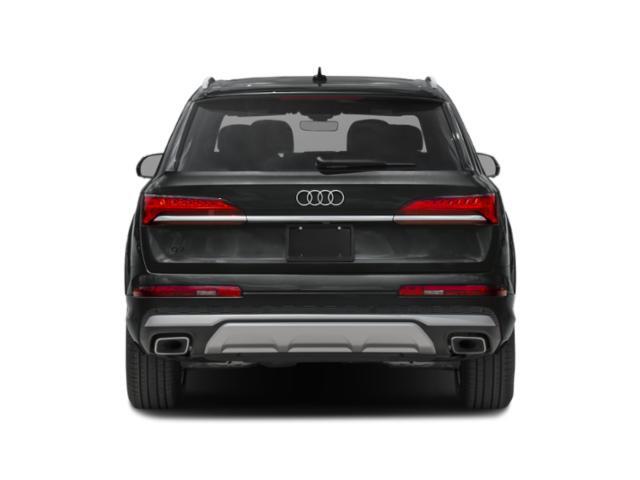



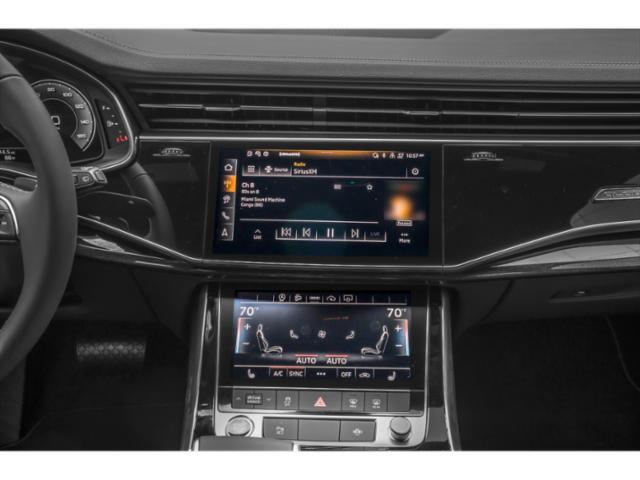
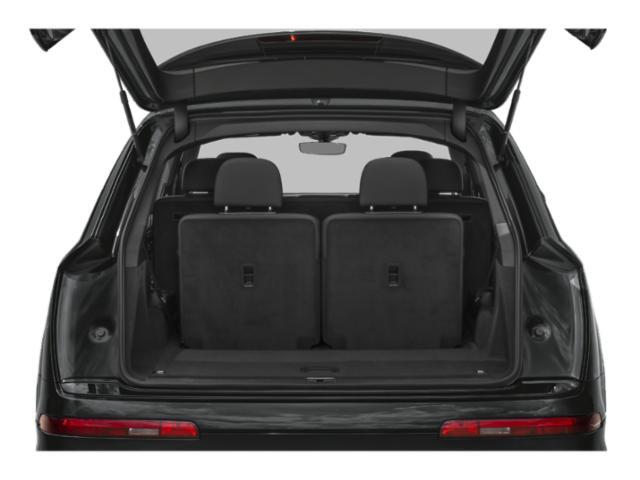



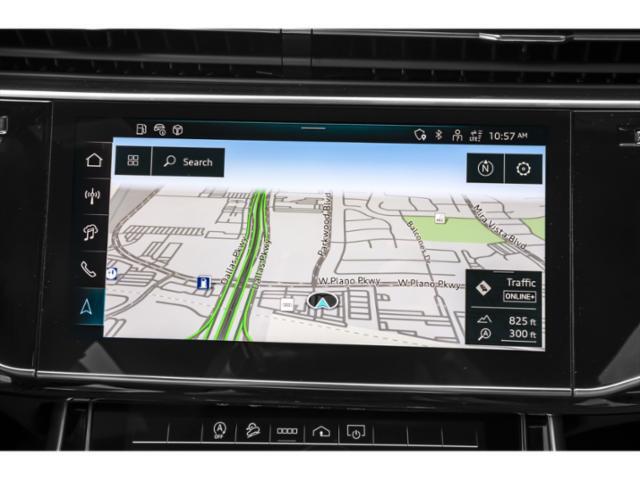













Reviews and News
Owner Scores
Comfort
N/A
Performance
N/A
Fuel Economy
N/A
Interior Design
N/A
Exterior Styling
N/A
Reliability
N/A
Owner Reviews
xdddxd
super car
November 21, 2017
Overall Score
super audi q7 i love it so much design perfect plus speed awesome i should tell you to buy it without hestitation.
Comfort
10
Performance
10
Fuel Economy
10
Interior Design
8
Exterior Styling
10
Reliability
10
Recall Information
* Data provided by Transport Canada
Recall number
Recall date
System affected
Model year(s) affected
Recall number
2025-167
Recall date
2025-03-31
System affected
Lights And Instruments
Model year(s) affected
2021
Manufacturer Recall Number:
90VC
Units Affected:
3,905
Notification Type:
Safety Mfr
Issue:
On certain vehicles, a problem with the instrument cluster (virtual cockpit) could cause it to shut down. If this happens, you may not be able to see certain information about the vehicle, including the speedometer, warnings, and tell-tales.
Safety Risk:
Warnings, tell-tales and gauges that don't display could increase the risk of a crash.
Corrective Actions:
Audi will notify owners by mail and advise you to take your vehicle to a dealership to update the instrument cluster software.
Recall number
2023-685
Recall date
2023-12-20
System affected
Airbag
Model year(s) affected
2024
Manufacturer Recall Number:
69GA
Units Affected:
128
Notification Type:
Compliance Mfr
Issue:
On certain vehicles, the driver seat-mounted airbag may not have been installed properly. As a result, the airbag may not inflate properly in a crash.
Safety Risk:
A seat-mounted airbag that doesn't work properly could increase the risk of injury in a crash.
Corrective Actions:
Audi will notify owners by mail and advise you to take your vehicle to a dealership to inspect and, if necessary, reinstall the driver seat-mounted airbag.
Recall number
2023-180
Recall date
2023-03-29
System affected
Electrical
Model year(s) affected
2020
Manufacturer Recall Number:
90N7
Units Affected:
6
Notification Type:
Safety Mfr
Issue:
On a small number of vehicles, a software problem could cause the heating film for the front camera on the windshield to overheat and melt.
Safety Risk:
Heating film that overheats can create a fire risk.
Corrective Actions:
Volkswagen will notify owners by mail and instruct you to take your vehicle to a dealership to update the front camera software. The dealer will also replace the heater element for the front camera.
Recall number
2023-068
Recall date
2023-02-15
System affected
Label
Model year(s) affected
2011 2012 2013 2014 2015
Manufacturer Recall Number:
50G5
Units Affected:
1,364
Notification Type:
Compliance Mfr
Issue:
On certain vehicles equipped with 21" wheels, the compliance label lists a gross axle weight rating (GAWR) for the rear axle that's too high. The label should list the rear axle capacity as 1770 kg (3902 lb.). This could lead you to overload the vehicle.
Safety Risk:
Overloading the vehicle could increase the risk of a crash.
Corrective Actions:
Audi will notify owners by mail and instruct you to take your vehicle to a dealership to install a label with the correct rear axle GAWR.
Recall number
2022-611
Recall date
2022-10-26
System affected
Visual System
Model year(s) affected
2022
Manufacturer Recall Number:
91Ei
Units Affected:
880
Notification Type:
Compliance Mfr
Issue:
On certain vehicles, the infotainment main unit in the center console could fail. If this happens, the display screen will not turn on when you start the vehicle and the rearview camera image will not appear when backing up. Canadian regulations require the rearview image to display when the transmission is shifted into reverse.
Safety Risk:
A rearview camera image that does not display could reduce a driver's ability to see behind the vehicle while backing up. This could increase the risk of a crash.
Corrective Actions:
Audi will notify owners by mail and instruct you to take your vehicle to a dealership to replace the infotainment unit.
Recall number
2022-565
Recall date
2022-10-05
System affected
Visual System
Model year(s) affected
2021
Manufacturer Recall Number:
91DZ
Units Affected:
19,006
Notification Type:
Compliance Mfr
Issue:
On certain vehicles, a software problem could cause the rearview camera image not to appear on the display. Canadian regulations require the rearview image to display when the transmission is shifted into reverse gear.
Safety Risk:
A rearview camera image that does not display could reduce a driver's ability to see behind the vehicle while backing up. This could increase the risk of a crash.
Corrective Actions:
Volkswagen will notify owners by mail and instruct you to take your vehicle to a dealership to update the infotainment software.
Recall number
2022-384
Recall date
2022-07-20
System affected
Fuel Supply
Model year(s) affected
2020 2021
Manufacturer Recall Number:
20DR
Units Affected:
6,100
Notification Type:
Safety Mfr
Issue:
On certain vehicles, the fuel delivery module inside the fuel tank could fail. If this happens, the engine may run rough or may not start. This could also result in a sudden loss of engine power while driving.
Note: This problem could cause the emission control system warning light to turn on.
Safety Risk:
A sudden loss of engine power could increase the risk of a crash.
Corrective Actions:
Audi will contact owners by mail and instruct you to bring your vehicle to a dealership to replace the fuel delivery module.
Recall number
2021-642
Recall date
2021-10-20
System affected
Visual System
Model year(s) affected
2022
Manufacturer Recall Number:
91CR
Units Affected:
473
Notification Type:
Compliance Mfr
Issue:
Under certain conditions, a software problem could cause a delay before the rearview camera image appears. Canadian regulations require the rearview image to display within 2 seconds of shifting the transmission into reverse gear.
Safety Risk:
A rearview camera that is slow to turn on could reduce a driver's ability to see behind the vehicle while backing up. This could increase the risk of a crash.
Corrective Actions:
Audi will notify owners by mail and instruct you to take your vehicle to a dealer to update the vehicle infotainment unit parameters.
Recall number
2021-486
Recall date
2021-08-04
System affected
Seats And Restraints
Model year(s) affected
2021
Manufacturer Recall Number:
69CS
Units Affected:
7,198
Notification Type:
Compliance Mfr
Issue:
On certain vehicles, the passenger seat belt assemblies may contain defective automatic locking retractors (ALR). As a result, the seat belts may not properly lock to secure a child seat.
Safety Risk:
A seat belt that is used to secure a child restraint but is not properly locked could increase the risk of injury in a crash.
Corrective Actions:
Audi will notify owners by mail and instruct you to take your vehicle to a dealer to inspect the seat belts. They will be replaced, if necessary.
Recall number
2020-102
Recall date
2020-03-16
System affected
Steering
Model year(s) affected
2017 2018 2019
Manufacturer Recall Number:
36A1
Units Affected:
12
Notification Type:
Safety Mfr
Issue:
On certain vehicles, the bolt that attaches the steering shaft to the steering gear may not be properly tightened. Over time, the bolt may loosen. If you continue to operate the vehicle, the bolt could detach completely and cause a loss of steering control.
Safety Risk:
A loss of steering could create the risk of a crash.
Corrective Actions:
Audi will notify owners by mail and instruct you to take your vehicle to a dealer to inspect the steering shaft bolt and, if necessary, replace it.
Recall number
2020-065
Recall date
2020-02-19
System affected
Airbag
Model year(s) affected
2019
Manufacturer Recall Number:
69AJ
Units Affected:
9
Notification Type:
Safety Mfr
Issue:
On certain vehicles, the driver and/or passenger side-curtain airbags may not inflate properly in a crash.
Safety Risk:
An airbag that does not inflate properly may increase the risk of injury in a crash.
Corrective Actions:
The company will notify owners by mail and instruct you to take your vehicle to a dealer to replace one or both of the side-curtain airbags.
Recall number
2019-076
Recall date
2019-02-20
System affected
Suspension
Model year(s) affected
2019
Manufacturer Recall Number:
40O4
Units Affected:
7
Notification Type:
Safety Mfr
Issue:
On certain vehicles, the front shock absorber forks may crack. This may allow the shock absorber to come loose and cause the tire to contact the wheel housing. This could affect steering control.
Safety Risk:
If the steering system does not work properly, there could be an increased risk of a crash.
Corrective Actions:
The company will notify owners by mail. Owners will be instructed to take their vehicle to a dealer to have the affected shock absorber fork(s) replaced.
Recall number
2019-024
Recall date
2019-01-17
System affected
Fuel Supply
Model year(s) affected
2017 2018
Manufacturer Recall Number:
24DP
Units Affected:
8,631
Notification Type:
Safety Mfr
Issue:
On certain vehicles, a small amount of fuel may leak from one or both fuel rails.
Safety Risk:
Leaking fuel in the presence of an ignition source could increase the risk of a fire.
Corrective Actions:
The company will notify owners by mail. Owners will be instructed to take their vehicle to a dealer to have the left and right fuel rails replaced.
Recall number
2018-635
Recall date
2018-11-19
System affected
Fuel Supply
Model year(s) affected
2009 2010 2011 2012
Manufacturer Recall Number:
20BJ
Units Affected:
113
Notification Type:
Safety Mfr
Certain vehicles with a cracked (but not leaking) fuel pump flange were repaired with butyl tape only under a previous recall (please see Transport Canada Recall 2016-443 / Audi campaign 20W9). This is because replacement fuel pump flanges were not available at the time of repair (the butyl tape was used an interim repair). If the fuel pump flange is not replaced, a fuel leak could still occur. A fuel leak, in the presence of an ignition source, could lead to a fire causing injury and/or damage to property. Correction: Dealers will replace fuel pump flange and reapply the protective butyl tape.
Recall number
2017-243
Recall date
2017-05-04
System affected
Fuel Supply
Model year(s) affected
2013 2014 2015
Manufacturer Recall Number:
20Z8
Units Affected:
35,575
Notification Type:
Safety Mfr
On certain vehicles, the fuel pump flange may develop fine cracks or fissures, which could result in a fuel leak. Leaking fuel, in the presence of an ignition source, could lead to a fire causing injury and/or damage to property. Correction: Dealers will apply a butyl protective film to the fuel pump flange. If cracks are present, the fuel pump flange will be replaced. Note: This is an expansion of recall 2016-443.
Recall number
2016-662
Recall date
2016-12-30
System affected
Airbag
Model year(s) affected
2017
Manufacturer Recall Number:
69P4 / 69P2
Units Affected:
1,028
Notification Type:
Safety Mfr
Certain vehicles may have been equipped with airbag and/or pretensioner igniters that do not meet specifications. This could cause affected airbags and/or pretentioners to fail to deploy properly in the event of a crash, which could increase the risk of injury to vehicle occupants. Correction: Dealers will replace affected airbag and/or pretentioner.
Recall number
2016-443
Recall date
2016-09-09
System affected
Fuel Supply
Model year(s) affected
2007 2008 2009 2010 2011 2012
Manufacturer Recall Number:
20W9
Units Affected:
20,109
Notification Type:
Safety Mfr
On certain vehicles, the fuel pump flange may develop fine cracks or fissures, which could result in a fuel leak. Leaking fuel, in the presence of an ignition source, could lead to a fire causing injury and/or damage to property. Correction: Dealers will apply a butyl protective film to the fuel pump flange. If cracks are present, the fuel pump flange will be replaced.
Recall number
2016-427
Recall date
2016-09-02
System affected
Lights And Instruments
Model year(s) affected
2017
Manufacturer Recall Number:
97CB
Units Affected:
14,886
Notification Type:
Compliance Mfr
Certain vehicles may not comply with the requirements of Canada Motor Vehicle Safety Standard (CMVSS) 108 - Lighting System and Retroreflective Devices. In a situation where the parking lights are switched on and the vehicle is locked, the side marker lights do not illuminate, which is contrary to the requirements of the standard. This could reduce vehicle visibility, which could increase the risk of a crash causing injury and/or damage to property. Correction: Dealers will update vehicle software.
Recall number
2016-426
Recall date
2016-09-02
System affected
Seats And Restraints
Model year(s) affected
2017
Manufacturer Recall Number:
72F8
Units Affected:
3,018
Notification Type:
Compliance Mfr
Certain vehicles may fail to conform to Canada Motor Vehicle Safety Standard (CMVSS) 207 - Anchorage of Seats. The third row seat may move forward if subject to high loading, such as in a frontal collision. As a result, it may not adequately restrain an occupant and would increase the risk of injury, and cause it to not conform to the standard. Correction: Dealers will install an additional support bracket.
Recall number
2016-348
Recall date
2016-07-06
System affected
Airbag
Model year(s) affected
2017
Manufacturer Recall Number:
69O3
Units Affected:
2,163
Notification Type:
Safety Mfr
On certain vehicles, the software of the airbag control module may be incorrect. This could cause the frontal airbags to deploy (where deployment is warranted) with too much force in relation to the type of crash, which could increase the risk of injury to vehicle occupants. Correction: Dealers will update the airbag control module software.
Recall number
2015-018
Recall date
2015-01-16
System affected
Fuel Supply
Model year(s) affected
2011 2012
Manufacturer Recall Number:
24AP
Units Affected:
3,174
Notification Type:
Safety Mfr
On certain vehicles, a fuel leak may occur in the fuel injection system under certain driving conditions. Leaking fuel in the presence of an ignition source could lead to a fire causing injury and/or damage to property. Correction: Dealers will replace the fuel rails and corresponding fuel injector seals.
Recall number
2014-366
Recall date
2014-08-26
System affected
Brakes
Model year(s) affected
2013
Manufacturer Recall Number:
47L8
Units Affected:
444
Notification Type:
Safety Mfr
On certain vehicles equipped with a 3.0L TDI engine, a contaminated check valve may allow engine oil to enter the brake booster. Over time, this could degrade the brake booster diaphragm and cause it to rupture, affecting power assist brake performance and potentially causing a complete loss of power assist, resulting in increased brake pedal effort. An unexpected increase in pedal effort could increase the risk of a crash causing property damage and/or personal injury the risk of a crash. Correction: Dealers will inspect the brake booster system for oil contamination and replace a vacuum line, as necessary.
Recall number
2007-248
Recall date
2007-07-24
System affected
Other
Model year(s) affected
2007 2008
Manufacturer Recall Number:
JV
Units Affected:
1,714
Notification Type:
Safety Mfr
On certain Audi A6 Avant and Q7, if one of the automatic rear lid struts has a total loss of pressure, the resultant slow movement of the rear lid is interpreted by the software as an intended manual close, and the motor clutch releases to close the rear lid immediately. This can result in an unintended rapid closing of the rear lid with a risk of personal injury. Correction: Dealers will install updated software.
Select Another Vehicle










